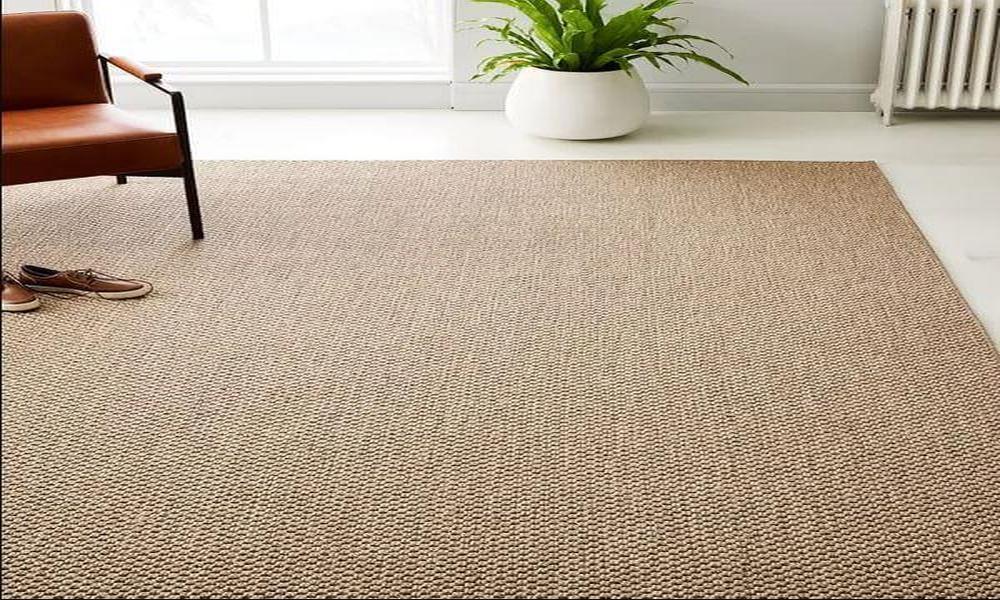Rugs have been an integral part of interior design and decor for centuries, adding warmth, color, and texture to any space. Among the diverse range of rugs available in the market, Kazak rugs hold a unique and special place. Originating from the Caucasus region of Central Asia, Kazak rugs exhibit distinct characteristics that set them apart from other rugs. In this blog post, we will explore six key ways you can differentiate Kazak rugs from other rugs, allowing you to appreciate their beauty and understand their cultural significance.
● Geographical Origin and Cultural Heritage
Kazak rugs have their roots in the Caucasus region, specifically in the present-day countries of Armenia, Azerbaijan, and Georgia. This region has a rich tradition of rug weaving, and Kazak rugs are a reflection of the cultural heritage and artistic craftsmanship of the people. The unique patterns and motifs found in Kazak rugs often showcase traditional Caucasian designs, including geometric shapes, medallions, and stylized floral elements.
● Traditional Weaving Techniques
Kazak rugs are predominantly hand-woven using traditional techniques that have been passed down through generations. Weavers use a specialized flat-weave or pile technique, depending on the desired texture and design of the rug. The flat-weave technique creates a flat, tapestry-like surface, while the piling technique results in a plush and soft texture. The meticulous handwork involved in crafting Kazak rugs adds to their uniqueness and durability.
● Distinct Color Palette
One of the most notable features of Kazak rugs is their vibrant and bold color palette. Kazak weavers traditionally use natural dyes extracted from plants, roots, and insects to create their signature colors. These dyes yield rich and intense hues, such as deep reds, vibrant blues, earthy browns, and striking yellows. The use of such vivid colors adds character and vitality to Kazak rugs, making them instantly recognizable.
● Sturdy and Dense Construction
Kazak rugs are known for their robust construction, making them highly durable and long-lasting. Weavers use high-quality, hand-spun wool sourced from local sheep, which contributes to the rugs’ strength and resilience. Additionally, the tight knotting technique employed during the weaving process ensures a dense pile, adding to the rug’s ability to withstand heavy foot traffic and wear.
● Symbolic Motifs and Designs
Kazak rugs often incorporate symbolic motifs and designs that carry cultural and historical significance. These motifs can include elements such as stars, crosses, animals, and medallions, each with its own symbolic representation. For example, the cross motif represents Christianity, while the star motif signifies protection and guidance. These intricate designs and symbols tell stories and reflect the beliefs and traditions of the weavers’ communities.
Kazak rugs stand out as extraordinary pieces of art, combining traditional weaving techniques, vibrant colors, and symbolic motifs. Their geographical origin, cultural heritage, and durability make them distinct from other rugs in the market. Whether you appreciate their historical value, desire a unique centerpiece for your home, or simply admire their beauty, Kazak rugs offer a timeless and captivating addition to any interior space. By understanding the characteristics that set Kazak rugs apart, you can truly appreciate the artistry and cultural heritage behind these remarkable creations.




